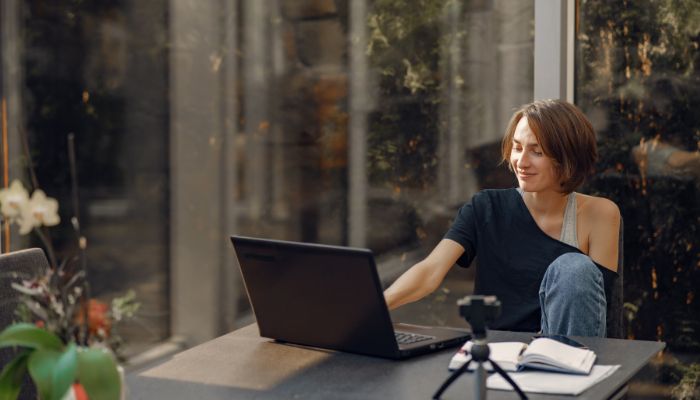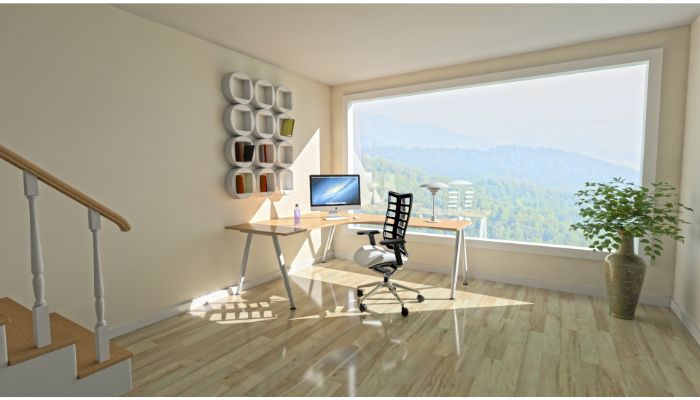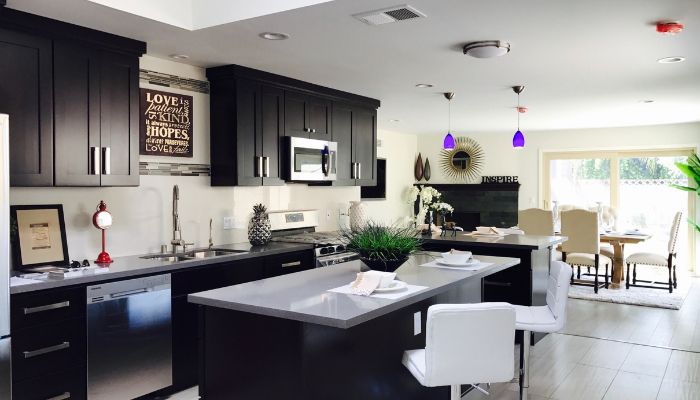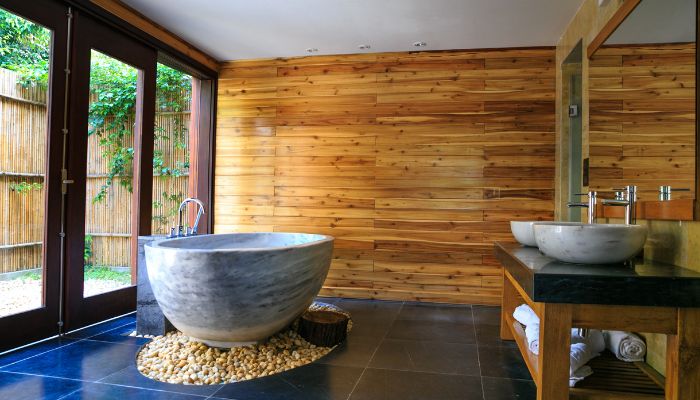
The COVID-19 pandemic has made a mark on residential design, changing what Australians look for when buying a home and how homeowners set-up their living spaces.
McGrath Estate Agents CEO and managing director John McGrath said dwellings have continually been shaped over the years to reflect the changing needs and ways of life.
“As our lives have become more complex, so has the design response, with considerations expanding beyond matters of hygiene to patterns of work and living, as well as notions of privacy and wellbeing,” he said.
These changes can be broadly categorised into three trends: home-office setup, separation as a key theme, and focus on wellbeing.
1. Home-office setup
At the onset of the pandemic, many companies and businesses realised that remote work is feasible.
Citing research from Roy Morgan in June 2020, Mr McGrath said a third of workers had already set up offices at their home. This figure rose to 40% a year after.
With this, demand for homes with a dedicated office remained strong, particularly in New South Wales and Victoria, which are two states most affected by the lockdowns.
Research by NAB in early 2022 revealed that demand for a dedicated home office remained strong in NSW and Victoria, the two states most affected by the government-imposed lockdowns.
“As workers grow accustomed to less commuting and a better work/life balance, all indicators suggest that a new hybrid model, combining the traditional office and a dedicated home work space, is here to stay,” Mr McGrath said.
“The word ‘study’ is also one of the most popular search terms for buyers who are scouring property websites.”

A top priority for many homeowners who are also hybrid office workers is a private room with good sound insulation.
For double income households, repurposing attic spaces and putting up prefabricated studios in the backyard are some of the options.
2. Separation as a key theme
Mr McGrath said separation as a key theme in open-plan living became evident during the pandemic — households who were compelled to spend more time together have been in search of privacy.
“Architects and design experts now predict that greater interest in creating separate zones within a broader open kitchen, living and dining area will accelerate, with sliding doors, screens and partitions providing both visual and even acoustic privacy,” he said.

Meanwhile, flexible spaces are also going to be on trend, like kitchen island benches that can double as home-schooling hubs or living areas that can easily be converted for an office setup.
3. Focus on health and wellbeing
The fear of infection during the height of the pandemic encouraged residents to look for even small changes that would improve their everyday lives.
Mr McGrath said materials used for fixtures were reconsidered, with copper, brass, and bronze becoming a popular easy, low-tech ‘fix’ for handles and doorknobs. These materials are naturally resistant to germs.
“Meanwhile, smart home technology and voice activated devices reduce the objects and surfaces that are touched around the home,” he said.
There is also interest in creating gardens and outdoor entertaining areas, which increased the popularity of backyard pools.
“Whatever the space available, whether it is a backyard, balcony or roof garden, the desire for a private outdoor space — especially one that connects with internal rooms — is expected to remain strong even though restrictions have been lifted,” Mr McGrath said.
Pet-friendly features also became popular, as many Australians sought for furry companions during the pandemic.
“Design adaptations such as pet door flaps, built-in litter trays and dog washing stations have led to terms like ‘barkitecture’ — architecture for dogs — entering the design lexicon,” Mr McGrath said.
The bathroom being a “world within a world” also became a thing, as many homeowners seek respite and relaxation.
Design trends focus on the bathroom evoking “day spa” vibes, with light air spaces finished with high-end natural materials such as stone and timber.

Others, especially those who can afford it, spent on freestanding baths, rainwater-style showerheads, underfloor heating, and built-in sound systems.
Mr McGrath said while the pandemic is not the sole driver of these trends, it did accelerate the discourse on what it means to have a holistic lifestyle in the current century, with a focus on health, wellbeing, and flexible working arrangements.
“Homeowners are becoming more assertive in their decisions about how they configure their homes to best suit their needs, opting for adaptable, multipurpose floor plans that are also suiting a growing number of buyers,” he said.
—
Photo Sources: Gustavo Fring from Pexels (header), qimono from Pixabay (home office), Level 23 Media from Pexels (kitchen), and Quang Nguyen Vinh from Pexels (bathroom).